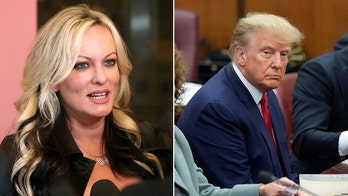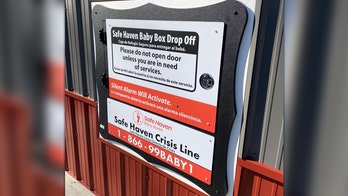WASHINGTON -- Consumer spending was stagnant in April while incomes posted a tiny advance, signs that the economic recovery could slow.
The Commerce Department said Friday that consumer spending was unchanged last month, the weakest showing in seven months. Economists had expected a 0.3 percent rise. Personal incomes rose 0.4 percent, less than the 0.5 percent gain economists had forecast.
More people are holding on to their money, the report noted. The savings rate rose 3.6 percent in April. The rate had fallen to 3.1 percent in March, the lowest reading since October 2008.
Consumer spending is closely watched because it accounts for 70 percent of total economic activity. The flat reading for April raises concerns about whether the recovery could slow in coming months if households cut back on purchases.
April's unchanged level of spending followed a sizable 0.6 percent rise in March. Economists had expected some slowing but had not forecast that growth would disappear entirely.
The 0.4 percent rise in incomes followed a similar 0.4 percent jump in March. It reflected a pickup in wages and salaries, which are being helped by increases in payroll employment.
The country added 290,000 jobs in April. But the unemployment rate jumped to 9.9 percent as disappointed workers returned to the labor market to search for jobs. High unemployment could dampen spending going forward, limiting the pace of the economic recovery.
The government reported Thursday that the overall economy, as measured by the gross domestic product, grew at an annual rate of 3 percent in the January-March quarter. That was below the initial 3.2 percent estimate for first quarter GDP growth. Economists worry that growth won't be high enough to push down the unemployment rate and generate the kinds of income gains that will support sustained spending increases.




